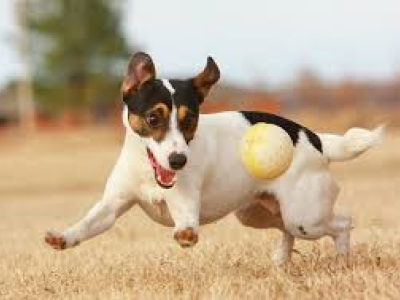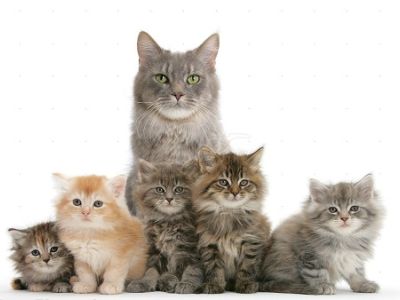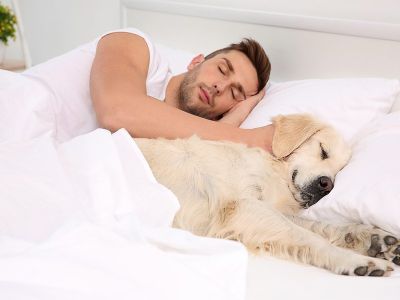Fleas

As owners we often use the word “fleas” for any itch, but would you recognise a flea from a picture or understand their cycle?
Fleas are small, wingless parasites that range in length from 2-4mm, they are brown in colour and oval in shape. They have six, spiny legs, with powerful hindlegs for jumping. Fleas can jump more than 200 times their body length. They have small antennae and mouth parts for piercing and sucking. They feed on the blood of humans and animals.
- The cat flea is the most common attacking dogs, rats, humans and other mammals.
- The dog flea is less common than the cat flea, but similar in appearance and attacks a wide variety of mammals.
- Human flea, which is uncommon due to home hygiene standards, attacks dogs, pigs, rats & mice.
Fleas take four forms during their life-cycle: egg, larva, pupae and adult. This cycle takes 2 weeks to 8 months depending on temperature, humidity, food and flea species. Adult females lay 4-8 eggs in a cluster after blood feeding. These can take 2 days to 2 weeks to hatch.
Larvae look like translucent worms with small bristles and are approximately 3mm long. Larvae may take several months to develop after hatching from eggs. Once fully developed, larvae begin weaving a cocoon and become pupae.
Pupae grow to adult fleas inside a cocoon that sticks to things like pet hair, carpet, dust and grass cuttings. Egg to pupa stages takes approximately 5-14 days.
Adult fleas remain resting in their cocoon until they sense vibration caused by movement, pressure, heat, noise or carbon dioxide. When they emerge from their cocoon, they are ready for their first blood feed. Adult fleas can survive for many months without feeding. When a food source is available the flea uses its saw-like mandibles to cut through skin. Flea saliva contains anticoagulants to keep the hosts blood flowing so they can feed easily.
Therefore, it is recommended for all animals to be on year-round flea control.
The breeding ground for fleas could be the pet, carpets, furniture, gardens, stray animals or visitor’s pets. This shows that no-one is immune, and a clean environment can only be maintained with adequate flea prevention.



